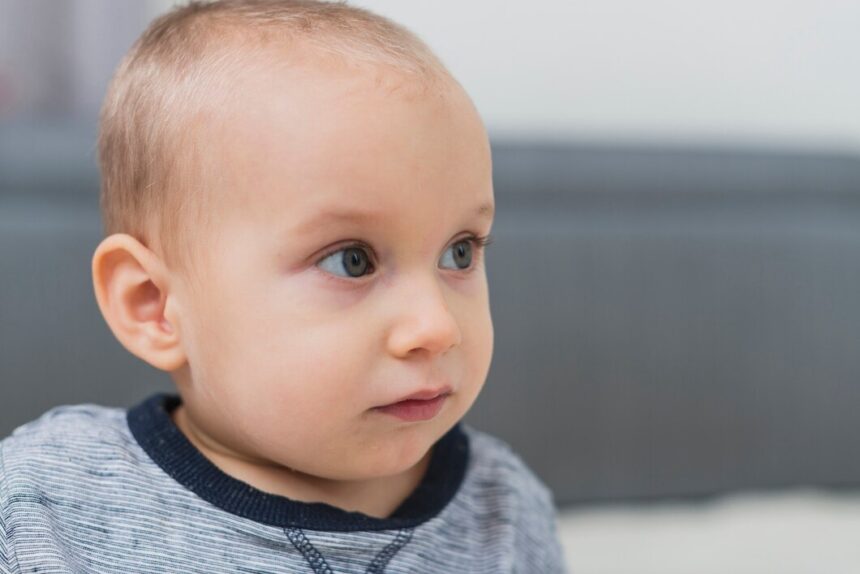Conjunctivitis, commonly known as pink eye, is an inflammation of the conjunctiva, the thin membrane covering the white part of the eye and the inner surface of the eyelids. While this condition can affect individuals of all ages, it can be particularly concerning when it occurs in babies. Recognizing the early signs and symptoms of conjunctivitis in infants is crucial for prompt diagnosis and treatment.
Understanding Conjunctivitis in Babies
Conjunctivitis in babies can be caused by various factors, including viral or bacterial infections, allergies, irritants, or blocked tear ducts. Identifying the type of conjunctivitis helps healthcare providers determine the appropriate treatment.
Early Signs and Symptoms
- Redness in the Eyes: One of the most noticeable signs of conjunctivitis in babies is redness in one or both eyes. The whites of the eyes may appear pink or red due to inflammation.
- Excessive Tearing: Infants with conjunctivitis often exhibit increased tear production. You may notice tears streaming down their cheeks, especially when they are not crying.
- Eye Discharge: Another common symptom is the presence of discharge from the eyes. The discharge can vary in consistency and color:
- Watery Discharge: In viral conjunctivitis, the discharge is usually clear and watery.
- Yellow or Greenish Discharge: Bacterial conjunctivitis often produces thicker, yellow or green discharge that can crust over the eyelashes, especially after sleep.
- Eyelid Swelling: Swelling of the eyelids, along with redness, may occur in cases of more severe conjunctivitis.
- Sensitivity to Light: Babies with conjunctivitis may be more sensitive to light (photophobia), causing them to squint or avoid bright lights.
- Rubbing or Itching Eyes: Infants may rub or touch their eyes frequently due to discomfort or itching caused by the inflammation.
When to Seek Medical Attention
If you suspect your baby has conjunctivitis, it’s essential to consult a pediatrician or an eye care specialist promptly. Early diagnosis and treatment can help prevent complications and reduce discomfort for your child. Additionally, seek medical attention if you notice any of the following:
- Severe Eye Pain
- Significant Swelling or Redness
- Fever
- Difficulty Opening the Eye
Treatment and Management
The treatment of conjunctivitis in babies depends on the underlying cause:
- Viral Conjunctivitis: Typically resolves on its own within a week or two. Treatment focuses on alleviating symptoms and preventing the spread of infection.
- Bacterial Conjunctivitis: Often requires antibiotic eye drops or ointment prescribed by a healthcare provider to clear the infection.
- Allergic Conjunctivitis: Managing allergies through avoidance of triggers and sometimes using antihistamine eye drops.
Preventing Spread of Infection
To prevent the spread of conjunctivitis in babies:
- Practice Good Hygiene: Wash your hands thoroughly before and after touching your baby’s eyes or face.
- Avoid Sharing Personal Items: Do not share towels, washcloths, or other items that come into contact with the baby’s eyes.
- Keep Baby’s Environment Clean: Clean surfaces and toys that come into contact with the baby’s face.
Conjunctivitis in babies can be distressing but is usually manageable with early detection and appropriate treatment. By recognizing the early signs and symptoms—such as redness, discharge, and excessive tearing—parents can promptly seek medical attention, ensuring their baby receives the necessary care to alleviate symptoms and prevent complications. Regular check-ups with a pediatrician can also help monitor your baby’s eye health and address any concerns promptly.










